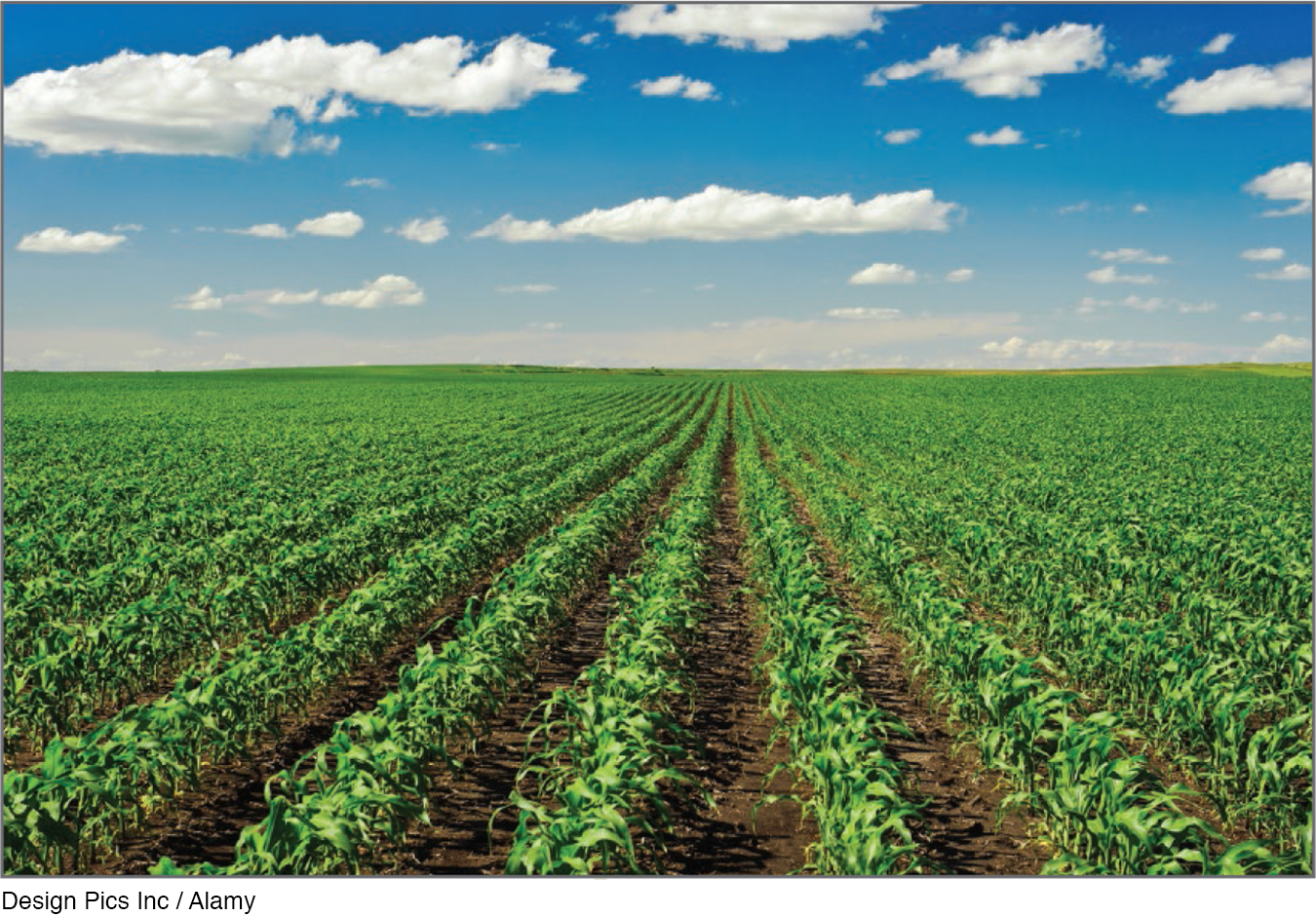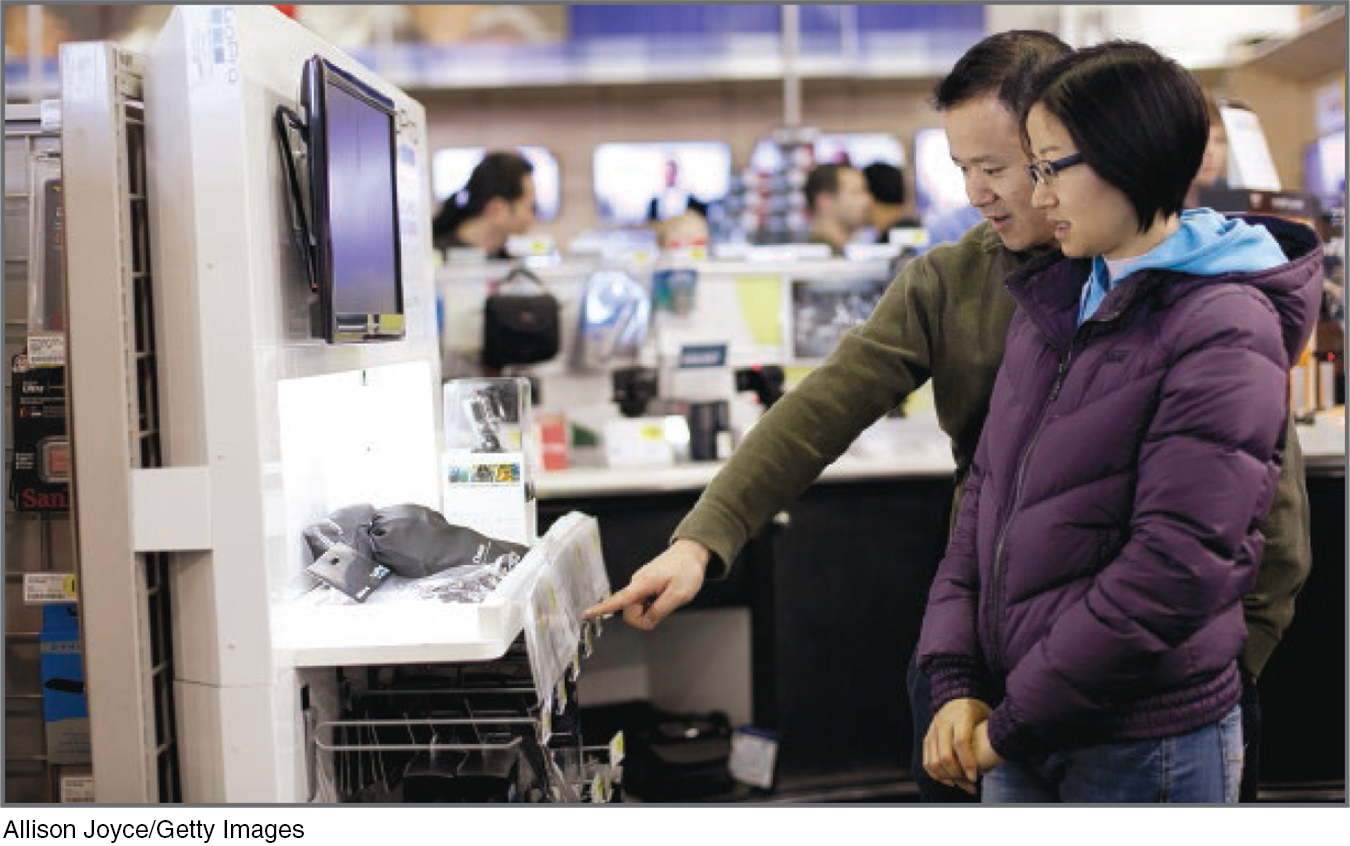chapter summary
chapter summary
Section 1 Market Structure Analysis
A market structure describes an industry based on several characteristics, including the number of firms, nature of the industry’s product, barriers to entry, and the extent to which individual firms can control prices.

8.1 Types of Market Structure
Perfect competition: Many price-
Monopolistic competition: Many firms producing a differentiated product
Oligopoly: A few large firms producing a standardized product
Monopoly: One firm producing a unique product protected by barriers to entry
8.2 Soybeans are produced in a perfectly competitive market. Because each soybean farmer produces a small portion of total soybean production, each farmer has no influence on price and is therefore a price taker.
In a perfectly competitive market, the price of a good is determined by ordinary industry supply and demand curves, and that price becomes the horizontal demand curve for the price-

Section 2 Perfect Competition: Short-
Marginal revenue is the change in total revenue from producing 1 more unit, or ΔTR/ΔQ. In a perfectly competitive market, price does not change; therefore, P = MR.
The profit-
When price (MR) > MC, the firm should increase production.
When price (MR) < MC, the firm should decrease production.
Economic Versus Normal Profits
Economic profits take into account all explicit costs AND implicit costs such as the value of the next best use of time and money (opportunity cost).
Normal profits occur when economic profits are zero. But remember, zero economic profits can still represent substantial normal profits on paper.

8.3 Five Steps to Maximizing Profits in a Competitive Market
Find MR = MC.
Find optimal quantity where MR = MC.
Find optimal price. (Hint: It’s already given!)
Find the average total cost at the optimal Q.
Find the profit = (P − ATC) × Q.
In the graph below, this competitive firm is earning economic profits equal to the blue shaded area.

The Short-
8.4 When P < AVC: The firm shuts down immediately.
When AVC < P < ATC: The firm operates in the short run to minimize losses, but exits the industry in the long run.
When P > ATC: The firm is earning economic profits.
8.5 The MC curve above AVC equals the firm’s short-
Section 3
Perfect Competition: Long-
8.6 Firm Entry and Exit
Because perfectly competitive markets have no barriers to entry, short-
Short-
Short-
8.7 Productive and Allocative Efficiency
In the long run, the price of goods in a perfectly competitive market equals the minimum point on the LRATC curve. This demonstrates productive efficiency (goods are produced at their lowest possible cost) and allocative efficiency (goods are produced according to what society desires).
A long-

Technology goods are a decreasing cost industry. Over time, the cost of production falls due to economies of scale. Further, costs fall as new technologies enable firms to produce the product at a much lower cost.